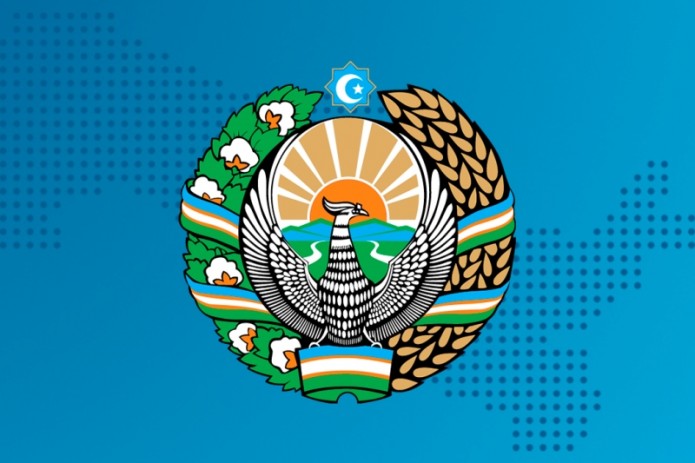02.07.2025
212
JULY 2 — THE DAY OF ADOPTION OF THE STATE EMBLEM OF THE REPUBLIC OF UZBEKISTAN
July 2, 1992, holds an important place in the history of the formation of Uzbekistan's state symbols. On this day, the Supreme Council of the Republic of Uzbekistan officially approved the State Emblem, giving the national system of symbols its complete institutional form. The flag, anthem, and emblem are not just official insignia — they are the political and spiritual foundations of statehood, a symbolic embodiment of national identity.
Each element of the State Emblem of the Republic of Uzbekistan expresses the worldview of the people, historical memory, and aspirations for the future:
- Sun rays — a symbol of development, enlightenment, and confidence in the future.
- Mountains and rivers — a symbol of natural resources, ecological sustainability, and geographical grandeur.
- Cotton and wheat — the foundation of the country’s economy and a symbol of the hardworking nature of the people.
- The Humo bird — a symbol of peace, freedom, and spiritual liberation, an ancient image tied to the deepest layers of national consciousness.
- The eight-pointed star, crescent, and small star — a philosophical representation of Islamic cultural heritage and the national spirit.
Thanks to these symbols, the emblem represents not just a state institution, but a shared national idea, collective memory, and common aspiration for the future. Recognizing state symbols in such a profound sense — not just as visual images, but as an integral part of public consciousness — is of particular importance from a sociological perspective.
In sociology, state symbols are viewed as a spiritual link between the individual and society. The State Emblem is not only displayed in official institutions but also serves as a mechanism of national identification formed in the heart of every citizen. It has the power to strengthen collective pride, social responsibility, and civic loyalty. For the younger generation, the emblem is not only a historical artifact but also a moral tool that fosters a sense of belonging to the Motherland.
The State Emblem of the Republic of Uzbekistan is officially enshrined in the Constitution and Article 4 of the Law "On the State Emblem of the Republic of Uzbekistan," adopted on July 2, 1992. It is used, in accordance with the law, in state institutions, diplomatic missions, official documents, identity papers, and official border signs. It stands as a symbol of state sovereignty, legal stability, and cultural legitimacy.
State symbols are indicators of the level of political culture in society. Even in everyday life, they reflect a person’s social belonging and loyalty to national ideals. The emblem is a symbol of understanding history, assessing the present, and assuming collective responsibility for building the future. Respect for it is not just a formality — it is a sign of spiritual maturity.
Dear compatriots!
On behalf of the Republican Center for the Study of Public Opinion "Ijtimoiy Fikr," we warmly congratulate you on July 2 — the Day of Adoption of the State Emblem.
This date is a significant day that symbolizes the completion of the national symbols of our independence and the legal and spiritual strength of our national statehood. The symbols embodied in our emblem are a living reflection of our people's culture, mindset, and faith in a great future.
Today, the awareness and respect for national symbols are not just traditions, but an inseparable part of civic culture. Every citizen of Uzbekistan who works and contributes to the development of society must unite under these symbols and embrace national unity.
The State Emblem of the Republic of Uzbekistan is not merely a legal sign — it is a symbol of pride, dreams, and responsibility that lives in the heart of every citizen.
May this historic day bring joy to us all! With respect for our national symbols, let us step forward together toward a bright future!


